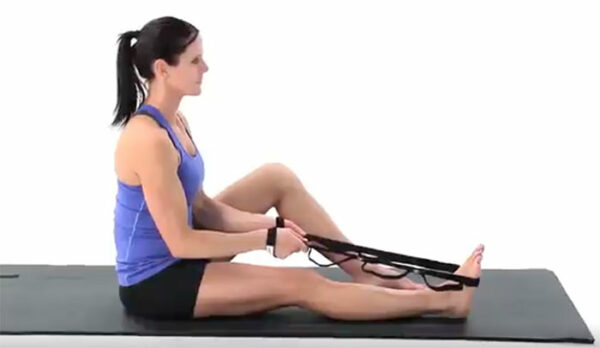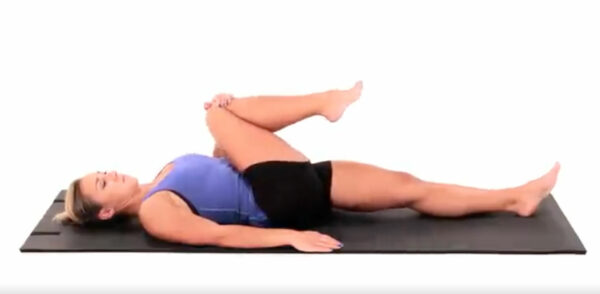Navratri this year begins on 7th October and lasts until 15th October. Garba dance during the celebrations has a great meaning to it. It represents the belief of time for Hindus. Personally, this is the time to pray as well as celebrate Ma Durga with our loved ones. Garba brings so much joy and of course a burst of increased Physical Activity at late nights when your body is usually resting and recouping. At times, Garba can become challenging to people with pre existing conditions such as foot pain, knee arthritis, hip pain, and spine disorders as well as generalized deconditioning.
What type of pain / injuries do people have in Navratri?
- Foot Pain
- Heel Pain (Plantar Fascitis)
- Knee pain
- Flare up of arthritis in Knee Hip Spine
- Back Pain
- Falls due to environmental hazard and /or loss of balance
What can I do to prepare myself and avoid pain?
- Gentle stretching of muscles such as the calf muscles, hamstrings and back muscles will help you avoid strains /sprains.
- Conditioning exercises such as gradual increase in standing and walking ability a few weeks prior to garba nights will ensure build up of reserves of energy.
- Pacing your dance moves: understanding your physical abilities and taking brief rest periods while on the floor will help you avoid muscle fatigue and fatigue related injuries.
- Warm up: just like you warm up before an intense exercise session. Start with moderate intensity dance moves before going full on. Give your musculoskeletal system a chance to adapt to the new ground reaction forces and space.
- Dietary intake: remember to hydrate and eat some carbs to fuel the need of energy. If you experience muscle cramps, check your need for hydration with right electrolytes and need for rest.
What if I got pain/injured?
- Follow the RICE protocol – rest, icing the injured part, compression and elevation if needed.
- If you cannot move / walk: take help of your community physician for immediate medical intervention.
- consult a musculoskeletal expert such as an experienced physical therapist to help you keep going.
How can Dynamic Physical Therapy help differently?
We have advanced techniques such as the MSKUS (Musculoskeletal Ultrasound) to identify the scope and severity of any muscle and joint injuries. MSKUS has been widely used by the US military and pro sports athletes. Such technology is available to you for speedy and full recovery.
What are some simple stretches that I can perform?





The above are simple stretches to get started. If you have any medical condition, please consult us or your medical provider before implementing these.



